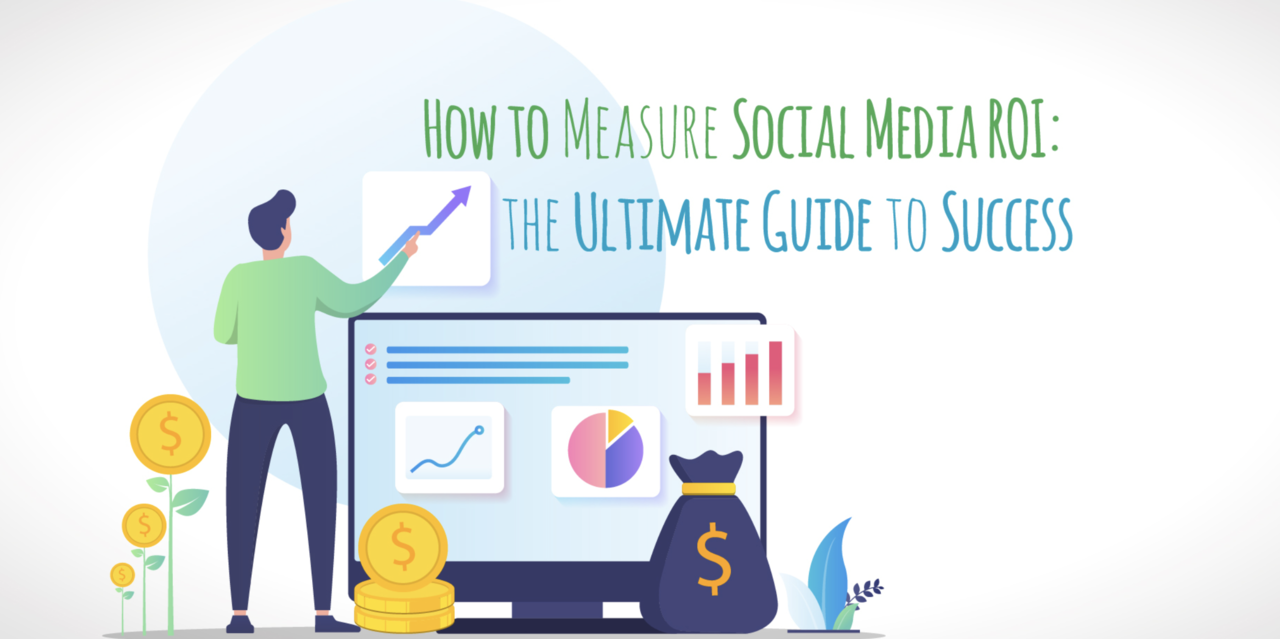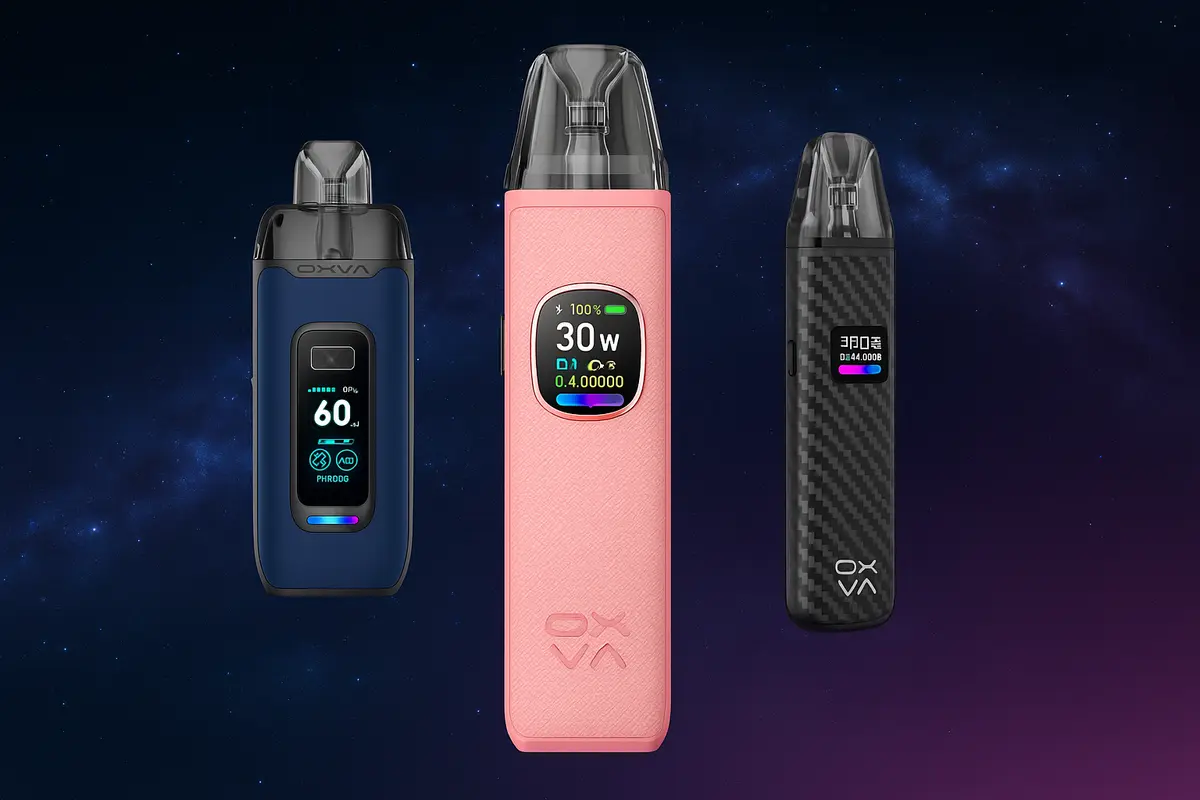Most businesses love posting content on social media. But when it’s time to prove results, things get blurry.
Social media isn’t just a branding tool anymore. It should bring real returns. Whether you’re investing in ads or organic content, you need to track what works. Otherwise, you’re just guessing.
This guide breaks down how to measure ROI, where to look for the right data, and how to make better decisions with it. If you’re investing in Social Media Marketing, it’s time to prove it pays off.
Start by Defining ROI for Social Media
Return on Investment (ROI) is not just about dollars in versus dollars out. Social media adds value in different ways. Some measurable, some not. But you can’t improve what you don’t define.
Ask yourself:
- What metrics align with the outcome?
- What does success look like for this campaign?
- Is the goal awareness, engagement, or conversion?
Examples of clear goals:
- Book 100 product demos
- Generate 500 leads in 60 days
- Increase website traffic by 25%
- Boost Instagram engagement by 15%
Once you lock in your goal, you can build content and track results with a purpose.
Choose the Right KPIs
Too many businesses track likes and follows, then wonder why their pipeline is empty. Focus on metrics that match your goal.
Break it down this way:
- Awareness Metrics: impressions, reach, video views
- Engagement Metrics: likes, comments, shares, saves
- Traffic Metrics: link clicks, landing page visits
- Lead Metrics: form fills, email signups, downloads
- Conversion Metrics: purchases, bookings, revenue
Every stage matters. But only a few metrics tie back to revenue. Keep an eye on those.
Use UTM Parameters for Clarity
One of the simplest ways to track ROI is using UTM links. These small tags on URLs show where traffic is coming from in tools like Google Analytics.
What you can track with UTM:
- Which campaign is working best
- Which platform drives the most traffic
- Which post or ad converts the most users
Example UTM URL:
“https://yourwebsite.com/?utm_source=facebook&utm_medium=paid&utm_campaign=launch2025”
Use UTM builders like Google’s Campaign URL Builder to save time.
Measure ROI Using Google Analytics
If you’re not checking Google Analytics, you’re missing the full picture. GA4 gives deep insights into where your traffic and conversions come from.
What to monitor in GA4:
- Acquisition > Traffic sources
- Events > Button clicks, downloads, video plays
- Conversions > Goals like form fills or purchases
- User journey reports > where they drop off
Set up goals that match your social campaigns. Then track how each post or ad moves people toward those goals.
Track Conversions Inside Each Platform
Most platforms now offer built-in analytics that go beyond likes.
What to look for:
- Facebook Ads Manager: track purchases, leads, ROAS
- Instagram Insights: link clicks, profile visits
- LinkedIn Campaign Manager: lead form opens, job title data
- TikTok Ads Manager: CPA, time on site
Each platform can tell you who’s engaging and converting. Just make sure your pixels and events are installed correctly.
Assign Dollar Value to Your Results
If you want to calculate true ROI, tie your results to real money.
How to assign value:
- Calculate how much a lead is worth
- Assign value to soft goals like email signups or webinar registrations
- Estimate LTV of new customers
- Compare social-generated revenue to ad spend
ROI Formula:
“(Revenue from Social – Cost of Campaign) / Cost of Campaign x 100”
If you spent $1000 and made $4000 in closed deals, your ROI is 300%.
Avoid Vanity Metrics
Vanity metrics look good but rarely pay the bills. They can distract from what really matters.
Examples of vanity metrics:
- Page likes
- Video views without clicks
- Impressions with no conversions
- Follower count
Use them as supporting signals, not proof of success.
Optimize Based on Results
Once you have your data, don’t just collect it. Use it. Make changes based on what works.
Optimization Tips:
- Pause low-performing ad sets
- A/B test CTAs, visuals, and ad copy
- Double down on posts or creatives that convert
- Tweak headlines or offers based on user behavior
Tracking ROI helps you cut what’s not working and invest in what moves the needle.
Where Buzzz Can Help
At Buzzz, we don’t just run campaigns. We engineer them with ROI in mind from day one. Our team sets up tracking tools, custom dashboards, and goal-specific KPIs so you can see exactly what your budget returns.
From content strategy to paid ads to conversion tracking, we make sure every click counts. And we make sure it’s measurable. If you’re serious about results, not just reach, Buzzz is built for you.
Final Thoughts: How to Track Social Media ROI Like a Pro
To make your social campaigns work smarter:
- Set clear goals before launch
- Choose KPIs that match those goals
- Use UTM links and Google Analytics
- Track conversions inside each platform
- Assign dollar values to results
- Focus on data-driven optimization
- Avoid vanity distractions
- Partner with experts who know how to scale
The brands that grow in 2025 won’t just post more. They’ll track smarter.



